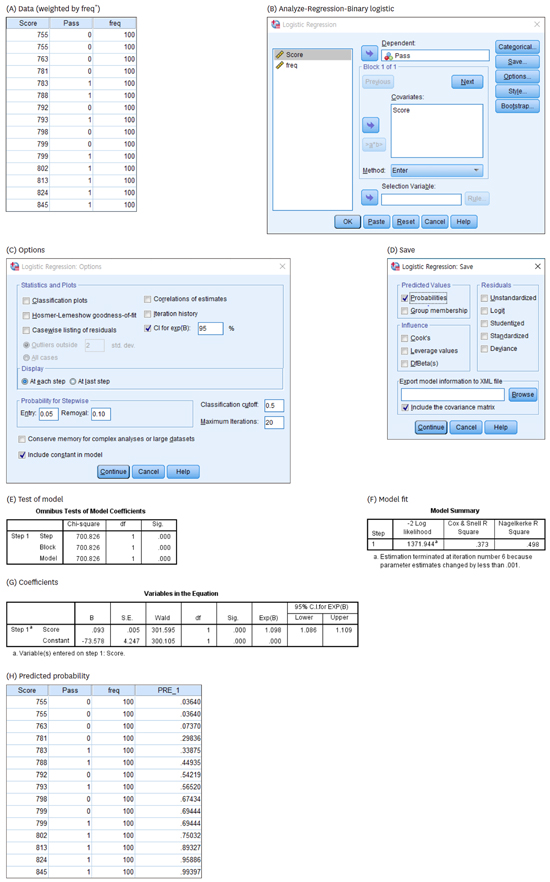
Previous studies indicated that personal characteristics (ie, age, education level) and players’ perceptions about the preventive measure are important for good adherence, but further knowledge about these relationships is needed. 15–17 Although many other factors can be added to these constructs (ie, external factors), these constructs might (partly) explain why players’ perceptions of IPEPs change when they have insight into their risks. The Health Beliefs Model (HBM) describes six constructs about individual motivation and perceptions that influence health-related behaviour, which is directly related to adherence to IPEPs: (1) perceived susceptibility, (2) perceived seriousness, (3) perceived benefits, (4) perceived barriers, (5) cues to action and (6) self-efficacy. Several models for health behaviour have been developed and investigated. 12 13 However, little is known about other stakeholders, such as players themselves and their role in implementing IPEPs. These studies showed that educating coaches about IPEPs and their role in injury prevention benefits adherence. 11 Therefore, in (amateur) football, some studies focused on coaches’ beliefs as the deliverers of IPEPs in various sports. 9 10 The SETTING (Setting-Exploration-Treasure-Trail-to-Inform-implementatioN-strateGies) tool used to implement health interventions states that implementation strategies start with knowing the context. Implementing injury prevention programmes in the real world remains difficult and depends on many components.
#I CANT GET DOWNLOAD IBM SPSS MODELER TRIAL#
6 7 Nevertheless, the cluster randomised controlled trial (RCT) studying the efficacy of this programme revealed that adherence decreased during the football season. 5 BEP consists of plyometric exercises that can be easily integrated into the warming-up or regular training session and enhance football-specific performance. 3 4 To increase adherence, the bounding exercise programme (BEP) was developed. 1 2 For the Nordic hamstring exercise, for instance, it is known that football players do not adhere sufficiently to this exercise, and this reduces its potential preventive effects. The effectiveness of injury prevention exercise programmes (IPEP) depends on both the efficacy of the programme itself and on players’ adherence to the programme. Correspondence to Dr Peter Alexander van de Hoef p.a.8 FIFPRO (Football Players Worldwide), Hoofddorp, Netherlands.7 Section Sports Medicine, Faculty of Health Sciences, University of Pretoria, Pretoria, South Africa.6 Amsterdam UMC Location University of Amsterdam, Orthopaedic Surgery and Sports Medicine, Amsterdam, The Netherlands.5 Julius Center for Health Sciences and Primary Care, University Medical Center Utrecht, Utrecht University, Utrecht, The Netherlands.

4 Human Movement Sciences, University of Groningen, University Medical Center Groningen, Groningen, The Netherlands.



 0 kommentar(er)
0 kommentar(er)
